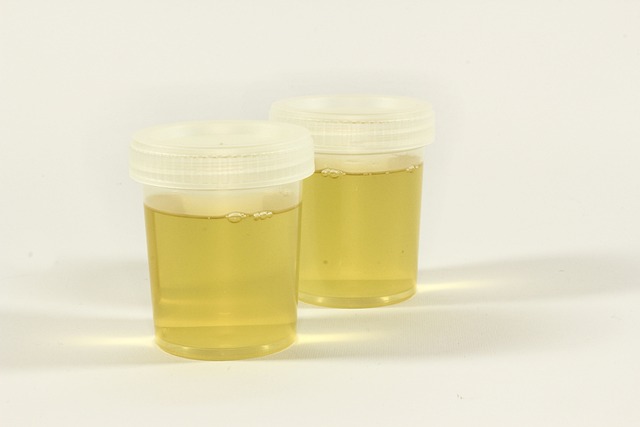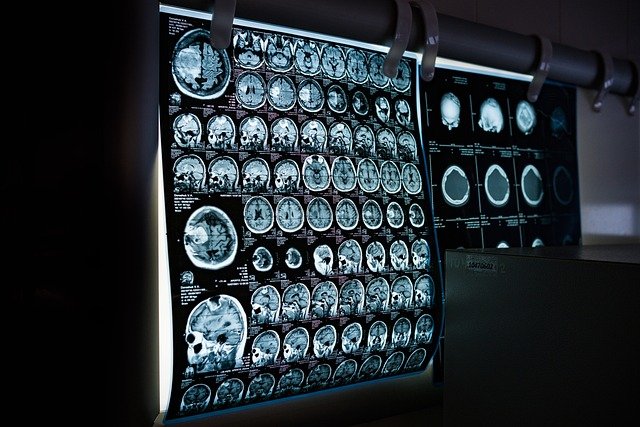Hemoglobinuria: Unexpected Signals You Must Not Ignore
Hemoglobinuria occurs when hemoglobin appears in the urine, often signaling underlying health conditions that require prompt attention. This condition can manifest through subtle changes in urine color and other symptoms that are easy to dismiss. Understanding the early warning signs, potential causes, and diagnostic approaches is essential for timely intervention and effective management of related health issues.

When hemoglobin from red blood cells enters the urine, it creates a condition known as hemoglobinuria. This occurrence is not a disease itself but rather a symptom indicating that red blood cells are breaking down abnormally within the bloodstream. The presence of hemoglobin in urine can range from mild and temporary to severe and chronic, depending on the underlying cause. Recognizing this condition early and understanding its implications can make a significant difference in treatment outcomes and overall health.
What Are Early Signs of Hemoglobinuria You Might Overlook?
The most noticeable sign of hemoglobinuria is a change in urine color, which can range from pink or red to dark brown or cola-colored. However, many people mistake this discoloration for dehydration or dietary changes, particularly after consuming foods like beets or berries. Unlike blood in urine from urinary tract issues, hemoglobinuria typically produces a more uniform color without visible clots or sediment.
Beyond color changes, early signs may include fatigue, weakness, and pallor due to the loss of red blood cells. Some individuals experience back pain, abdominal discomfort, or fever, especially when the condition is related to infections or autoimmune responses. These symptoms can be vague and easily attributed to other common ailments, which is why hemoglobinuria often goes unrecognized in its initial stages. Paying attention to the combination of unusual urine color with unexplained tiredness or discomfort warrants medical evaluation.
How Hemoglobinuria Could Indicate a Deeper Health Issue
Hemoglobinuria serves as a red flag for several serious medical conditions. Paroxysmal nocturnal hemoglobinuria, a rare acquired disorder, causes red blood cells to break down prematurely due to a genetic mutation in bone marrow stem cells. This condition often presents with dark urine upon waking and can lead to life-threatening complications like blood clots.
Other underlying causes include autoimmune hemolytic anemia, where the immune system mistakenly attacks red blood cells, and transfusion reactions when incompatible blood types are mixed. Infections such as malaria can also trigger hemoglobinuria by directly destroying red blood cells. Additionally, certain medications, toxins, and intense physical exertion in some individuals can lead to hemoglobin leaking into urine. Each of these conditions requires specific diagnostic approaches and treatments, making it crucial to identify the root cause rather than simply addressing the symptom.
Important Diagnostic Steps for Detecting Hemoglobinuria Early
Diagnosing hemoglobinuria begins with a thorough medical history and physical examination. Healthcare providers will ask about recent illnesses, medications, family history of blood disorders, and any unusual symptoms. A urinalysis is the primary diagnostic tool, which can detect the presence of hemoglobin and distinguish it from hematuria, where intact red blood cells appear in urine.
Blood tests play a critical role in the diagnostic process. A complete blood count reveals anemia and provides information about red blood cell counts and characteristics. Peripheral blood smear examination allows specialists to observe red blood cell morphology and identify abnormalities. Additional tests may include lactate dehydrogenase levels, which elevate when cells break down, and haptoglobin levels, which decrease as they bind to free hemoglobin. In cases where paroxysmal nocturnal hemoglobinuria is suspected, flow cytometry testing can confirm the diagnosis by detecting the absence of specific proteins on red blood cell surfaces.
Myths About Hemoglobin in Urine and How to Approach Them
A common misconception is that red or dark urine always indicates a urinary tract infection or kidney stones. While these conditions can cause visible blood in urine, hemoglobinuria presents differently and stems from systemic issues rather than localized urinary problems. Understanding this distinction prevents misdiagnosis and inappropriate treatment.
Another myth suggests that hemoglobinuria only affects older adults or those with pre-existing conditions. In reality, this condition can occur at any age and may be the first sign of an undiagnosed disorder. Some people also believe that occasional dark urine after exercise is always harmless, but exercise-induced hemoglobinuria, though rare, requires medical evaluation to rule out underlying susceptibilities.
Many individuals assume that if symptoms resolve on their own, no medical attention is needed. However, even temporary hemoglobinuria episodes can indicate intermittent hemolysis that may progress without proper management. Approaching these myths with factual information and seeking professional medical advice ensures appropriate care and prevents potential complications.
Treatment Options for Nocturnal Hemoglobinuria
Paroxysmal nocturnal hemoglobinuria requires specialized treatment approaches. Complement inhibitor medications have revolutionized management of this condition by blocking the complement system proteins that destroy red blood cells. These therapies significantly reduce hemolysis, decrease transfusion requirements, and lower the risk of blood clots.
Supportive care remains essential for managing symptoms and complications. Blood transfusions may be necessary for severe anemia, while anticoagulation therapy helps prevent thrombotic events, which are a leading cause of mortality in this condition. Folic acid supplementation supports red blood cell production, and iron replacement addresses deficiency resulting from chronic hemoglobin loss in urine.
For other causes of hemoglobinuria, treatment targets the underlying condition. Autoimmune hemolytic anemia may respond to corticosteroids or immunosuppressive medications. Infections require appropriate antimicrobial therapy, while transfusion reactions necessitate immediate supportive care and future prevention through careful blood typing and crossmatching. In all cases, regular monitoring and follow-up with hematology specialists ensure optimal outcomes and quality of life.
This article is for informational purposes only and should not be considered medical advice. Please consult a qualified healthcare professional for personalized guidance and treatment.




